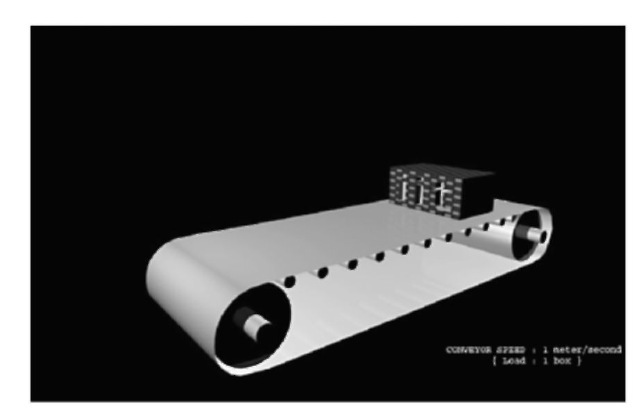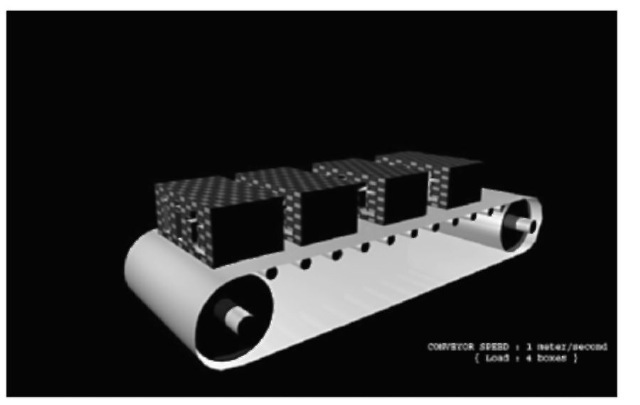As environmental and other concerns slow the growth of electrical energy generation in coming years, it becomes essential that we conserve and use limited and precious resources more efficiently. Conserving electricity and making it a better energy source relies on the widespread adoption of the power conversion process, which takes electricity from a source and converts it to a form exactly suited to the electrical load.
Electric motors consume more than 60% of all electrical power in the United States. Adjustable-speed drives (ASDs) can improve the efficiency of these motors by about 50% in many applications. They can also reduce costs considerably. Power electronics allows us to develop efficient speed and torque control of electric motors at low costs. This, in turn, calls for development of optimized electromechanical power conversion units.
Today’s technology requires different speeds in many areas where electric machines are used. Electric machines that use traditional control methods have mainly two states—stop and
operate at maximum speed. Adjusting speed in these machines is costly and hardware dependent. This is because an increase in the machine size and mechanical parts requires more maintenance and less efficiency. After the discovery of semiconductors and the introduction of semiconductor devices such as diodes and transistors to industry, ASDs have become very popular because of their advantages over traditional control methods. The machine size is smaller and requires less maintenance and hardware.
Using ASDs, the speed of a motor or generator (electric machine) can be controlled and adjusted to any desired speed. Besides adjusting the speed of an electric machine, ASDs can also keep an electric machine speed at a constant level where the load is variable. For example, if the desired speed of the conveyer showed in Fig. 6.1 is 1 m/sec at any time, changing the load will not change the speed (Fig. 6.2).
The variable load can be controlled by just reducing the speed of the electric machine, which means applying less power to the system. As stated above, traditional control methods adjust the speed of the machine to the maximum level, and the machine works

FIGURE 6.1 Typical conveyer maintaining a constant speed of 1 m/sec with one box as the load.

FIGURE 6.2 Typical conveyer maintaining a constant speed of 1 m/sec with four boxes as the load.
at that level regardless of the load. In addition, if the load increases, the speed decreases. However, adjustable speed drives can adjust the speed of the machine when the load changes, thereby reducing the applied power to the system.
Adjustable-Speed Drives and Their Applications (Electric Motor)
Next post: MOTOR DRIVE PARAMETERS (Electric Motor)
Previous post: THE IMPORTANCE OF ELECTRIC MOTOR DRIVES
